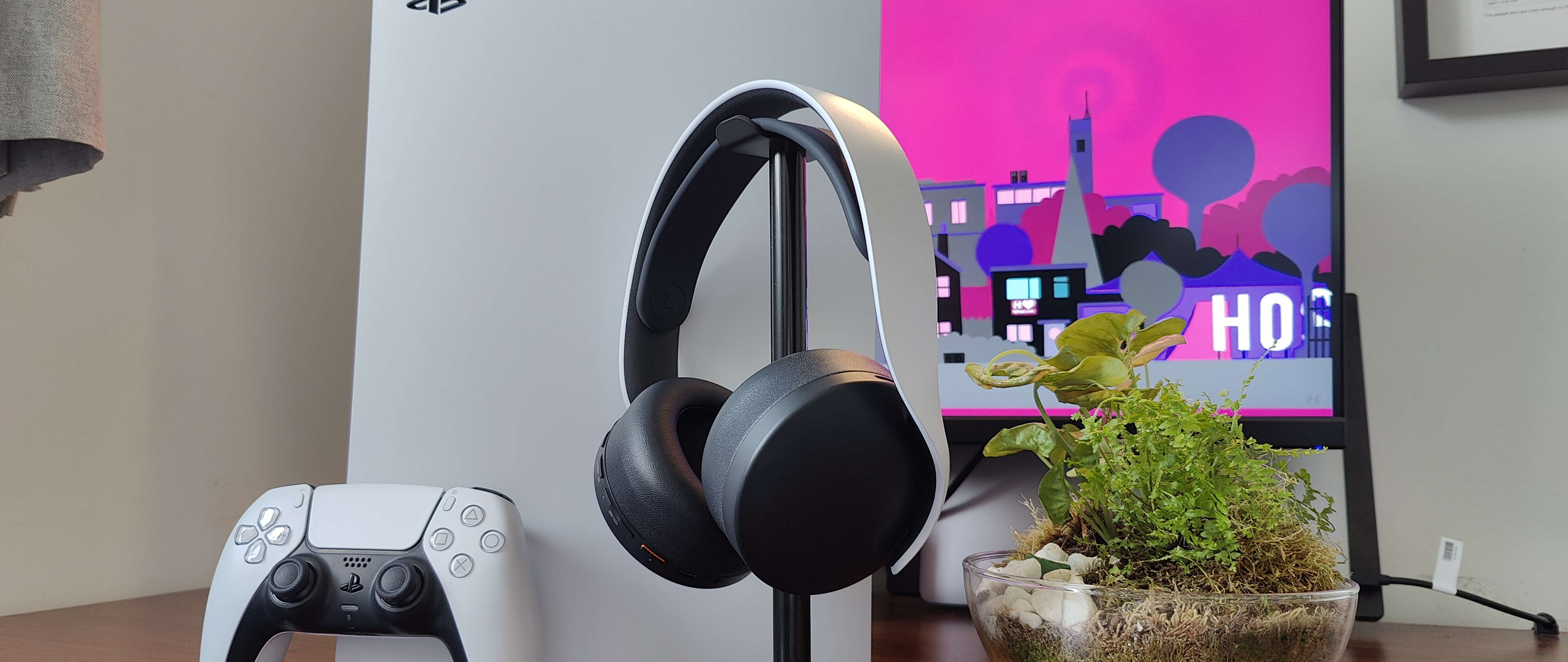Laptop Mag Verdict
If you own a PS5, Sony’s Pulse 3D headset isn’t just the best pair of gaming headphones, it’s the right choice given its exclusive synergy with the console, alongside a comfortable fit, stellar sound and convincing spatial audio.
Pros
- +
Fantastic, detailed sound
- +
Immersive 3D audio
- +
Comfortable to wear for long sessions
- +
The PS5 synergy is unmatched
Cons
- -
All plastic construction
- -
Limited multi-platform support
- -
Middling battery life
- -
No retractable microphone
Why you can trust Laptop Mag
The PlayStation Pulse 3D wireless headset has been kicking about for a while now, but for PS5 players, this pair of cans continues to be seen as the best gaming headset for the console.
Why? Well, beyond the bright sound profile, comfortable, lightweight design and impressive surround sound credentials, there are some unique PS5 features unlocked by them that other third-party headsets can’t replicate.
This is worth talking about for anyone who has picked up a PlayStation 5. But is it worth the entrance fee? Spoiler alert — yes. Yes they are.
Pulse 3D wireless headset price and availability
You can pick up a Pulse 3D headset for $99 or £89 in either the white finish of the standard PS5 base plates, or Midnight Black. That’s the same price as the Xbox Wireless Headset and £40 shy of the team favorite SteelSeries Arctis 7P+. Yes, I know the list price of the latter is actually a fair bit higher, but much like weekend furniture sales, you’ll very rarely see these at full price.
Looking back to 2021, stock seemed to be hard to come by for these cans, but luckily that seems to have normalized now.
Pulse 3D wireless headset design
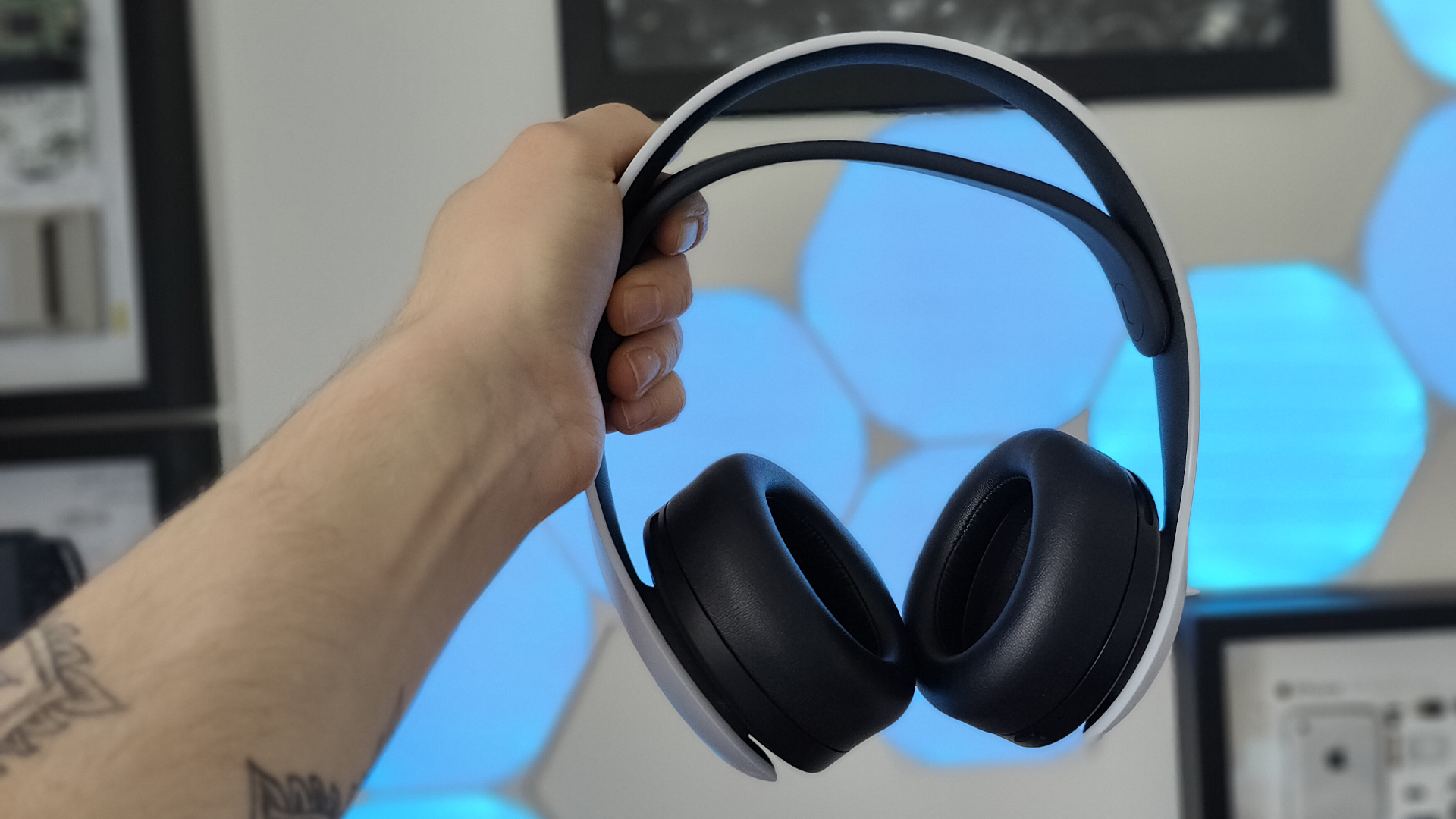
In a sea of big, bulky, metallic gaming headsets with retractable microphones and RGB lights, the Pulse 3D is a visual triumph of stylish restraint.
The plastics used in creating these feel rigid to the touch, but that PlayStation face-button texture you find on the base plates and DualSense controller does join the console suite together really nicely.
Sign up to receive The Snapshot, a free special dispatch from Laptop Mag, in your inbox.
The rubber suspension headband is durable and the perfectly circular cups’ cushioning is covered with a comfortable and durable faux leather. With cheaper competition like the Eksa E910 offering a padded headband and a metal frame build, the Pulse 3D headset cheapens out for what you’re paying.

However, with these material choices comes a lighter weight of 10.4 ounces — 0.6 ounces less than the Xbox Wireless Headset, and 2.5 ounces less than the SteelSeries Arctis 7P+. The featherweight construction contributes to the Pulse 3D wireless headset feeling cozy to wear for long play sessions.
On the left cup there’s the buttons for the power, volume control and audio/microphone modes as well as the 3.5mm headphone jack and USB-C connector. The I/O setup is a little chaotic when you’re trying to fiddle with settings in the heat of gaming.
Pulse 3D wireless headset comfort
Now, I get that on paper, a rubber head strap and hard plastic doesn’t sound like it lends itself to a comfortable wearing experience. But the Pulse 3D headset absolutely sticks the landing in this category.
The lightweight design is made to feel even lighter with the suspended headband, and the plush cushions on the perfect circle over-ear cups (odd when you take into account most gaming headsets opt for an oval cup) lends itself to a snug fit without a strong clamp around your noggin.
That lighter sensation on your head makes for long-term comfort. My longest stints over the past couple weeks has been 6 hours on Gran Turismo 7 (before the game slowly started being ruined), and one of those accidental 7-hour stints in the recently updated Cyberpunk 2077 where you start at a normal time, blink, then realize its 2am.
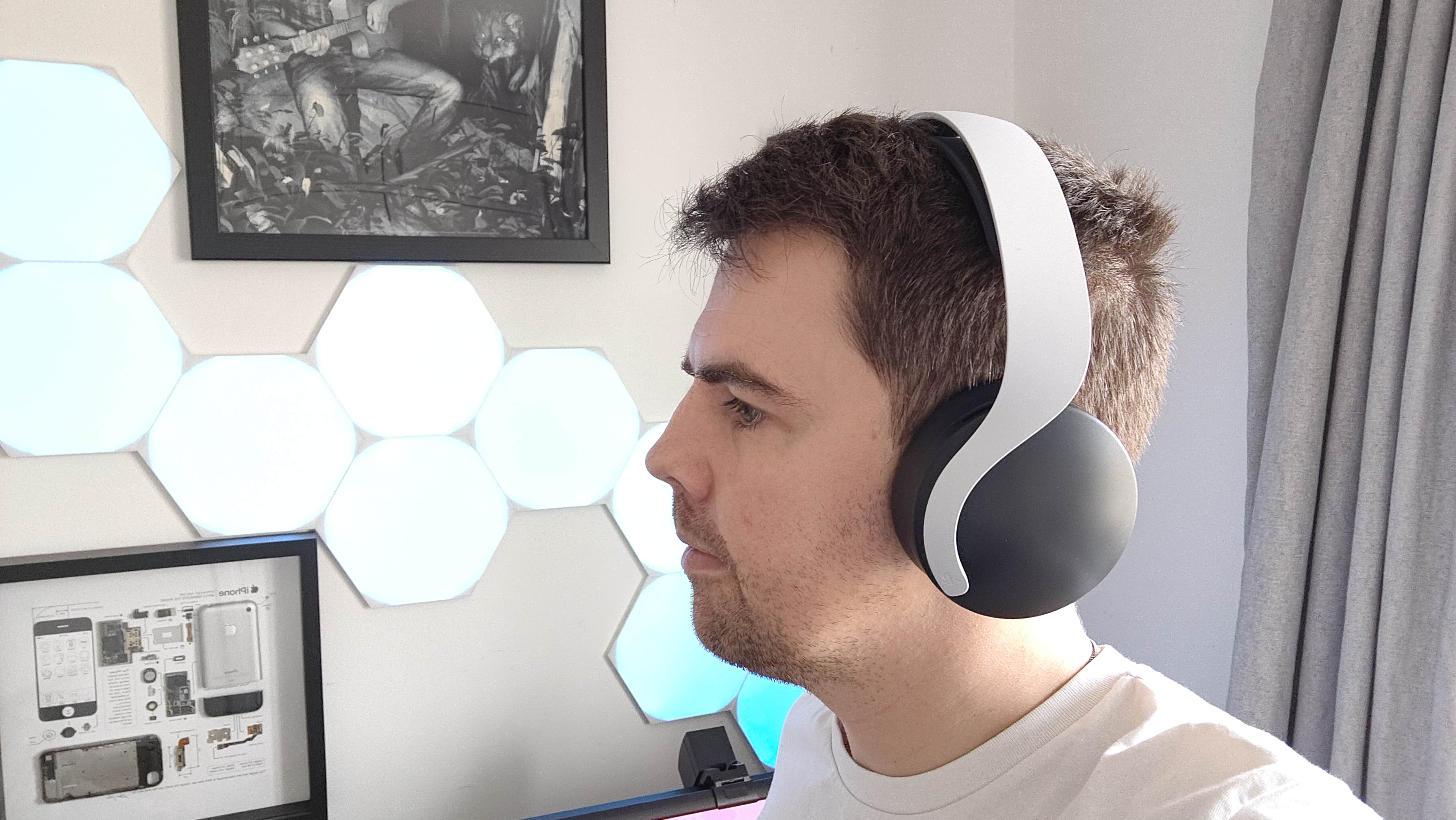
In both of these cases, these did not get overly exhausting to wear at any point. Of course, you do get a sensation of relief when you take them off your head, but nothing to indicate these are harsh to wear in any way.
It’s also worth noting that while you cannot manually adjust the headband like on the Xbox Wireless Headset and SteelSeries Arctis 7P+, that’s not necessary on the Pulse 3D. The band itself is a moving part that adjusts itself based on where the cups are on your head. Some of you may not appreciate being able to make small tweaks to the wearability, but the fact the headset sorts itself out is something I prefer for sure.
Pulse 3D wireless headset gaming performance
The 40mm neodymium drivers found in the Pulse 3D headset match up to the Arctis 7P and Xbox Wireless headset in terms of size and quality. Trust me when I say that much like Microsoft’s headphones, you will be baffled at how headphones at this price can sound this good.
Its secret to success is tight Tempest 3D Audio integration with the PS5, which puts the likes of Dolby Atmos on blast with a thoroughly detailed, immersive soundstage that feels bright and expressive at all levels without a hint of distortion.
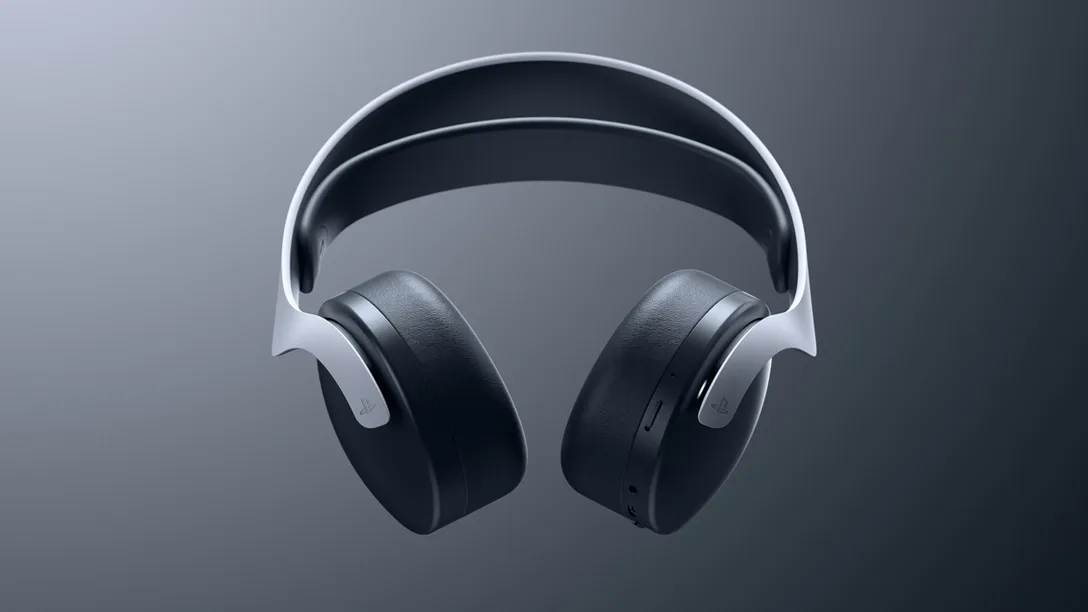
Firing up Horizon Forbidden West is an amazing demonstration of what is possible and, beyond the stunning visuals, it breathes a new level of life into the world. Whether it’s within a forest and hearing the leaves rustle all around you, the wind whistling atop a mountain, the distant sound of machines, or a mixture of all three within the heat of combat, everything is well balanced and has its place in this spherical field of sound.
Gran Turismo 7 is a little more subtle since we’re dealing with a realistic racing sim rather than a gloriously over-the-top fantasy world, but the sound here is still fantastic. You can actually hear the surface you’re driving on beneath you, like the earthiness of dirt or the hard, rumbling clatter of a curb on a turn’s apex.
With stereo sound, most players are relying on the track radar to see competitors around them, but with this headset, I identified the location of the car next to me and how far away it was in order to avoid a collision on the overtake. And of course, the background soundtrack remains ever-present in a way that doesn’t intrude on the audio cues you’re listening to in-game.
The Pulse 3D wireless headset elevated Uncharted: Legacy of Thieves Collection, an already quintessential Hollywood-like blockbuster game, to a whole new cinematic level. The spatial sound gets a real workout here, and flipping back and forth between the PS4 and PS5 versions of Uncharted 4 shows you how dramatic the audio upgrade is between generations. That is further accentuated by the Pulse 3D headset, as hundreds of sounds all have their own place around you.
Of course, with the use of a USB dongle for 2.4 GHz wireless or 3.5mm headphone cable, these work on PC, too. While you won’t get the same impressive level of spatial audio performance as you do with the close integration between this headset and the PS5, they delivered that same clean, bright, undistorted profile while playing Portal 2 and Age of Empires IV.
Pulse 3D wireless headset music performance
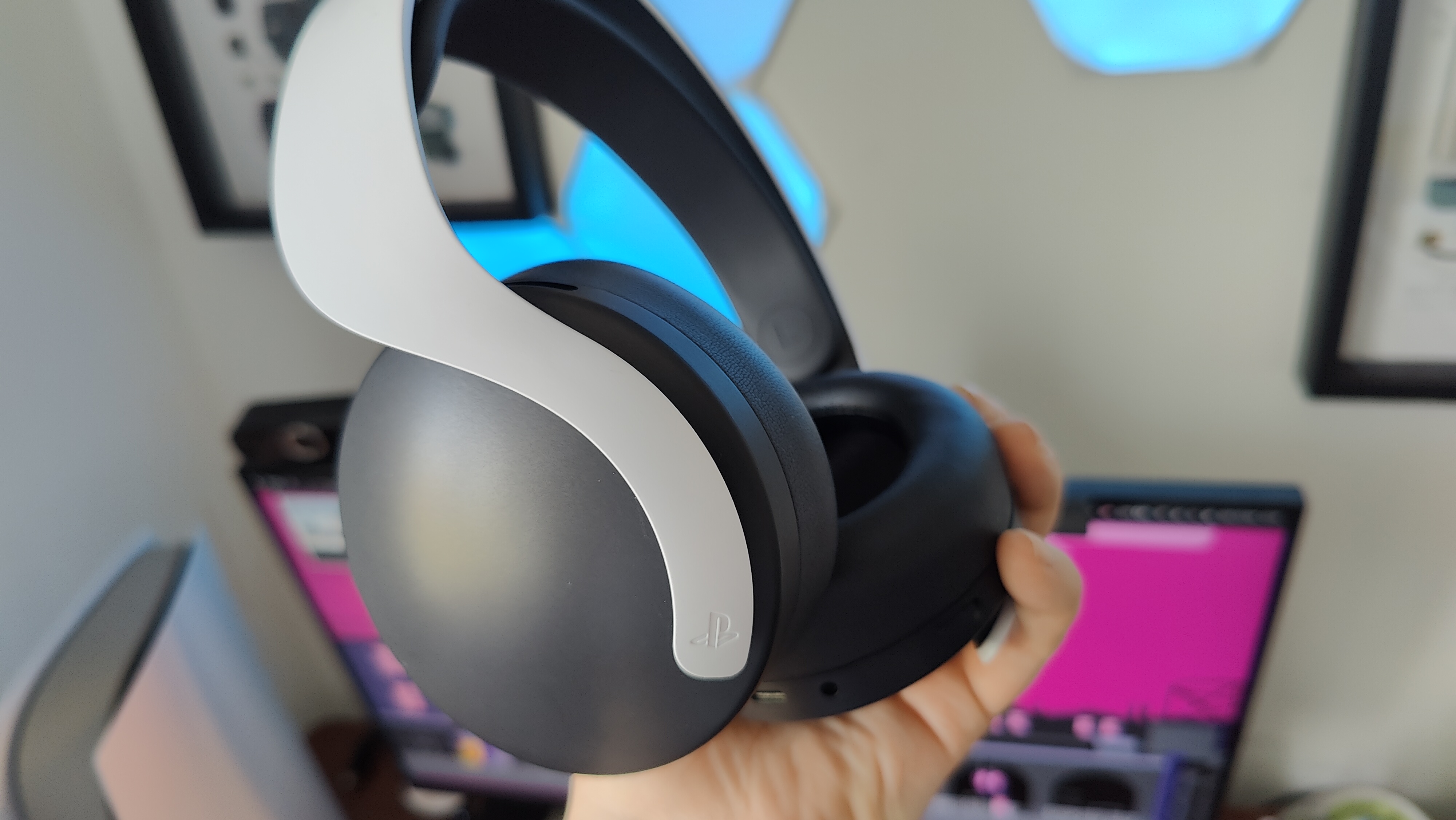
One hurdle where most gaming headsets stumble is in music performance, as drivers can be tuned to benefit a more cinematic gaming experience, which compromises their ability to nail songs. Surprisingly, I’m happy to confirm that’s not an issue here.
No matter what I threw at these, whether it was the riotous cover of “Bittersweet Symphony” by Four Year Strong or the delicate “2009” by Mac Miller, the lows were nice and warm without biting into the mids. What’s more, the highs shined, while placing them all into a soundstage that felt spacious around me.
You’ll notice some errors in the tuning by throwing classical music the headset, such as Claude Debussy’s “Clair De Lune,” as the Pulse 3D’s attempts to give the whole piano stave life leads to distortion in the highs, but much like the Arctis 7P+ and Xbox Wireless Headset, there are no deal-breaking issues to report.
Pulse 3D wireless headset microphone
The Pulse 3D headset packs dual noise-canceling microphones, which have been positioned optimally to pick up your voice and isolate it from your surroundings.
In real-world use, this results in a voice-pickup that is great for team chat for sure, but not necessarily that great for general content creation like streaming, as you can hear the slight hints of digital voice processing happening in the background.
It should come as no surprise that the competition with retractable microphones feature a better quality voice-pickup — putting the mic closer to your gob allows for better definition.
However, we’re talking about a niche use case here. For the broader requirement to just talk to your mates while playing, Sony’s headset more than holds its own.
Pulse 3D wireless headset features
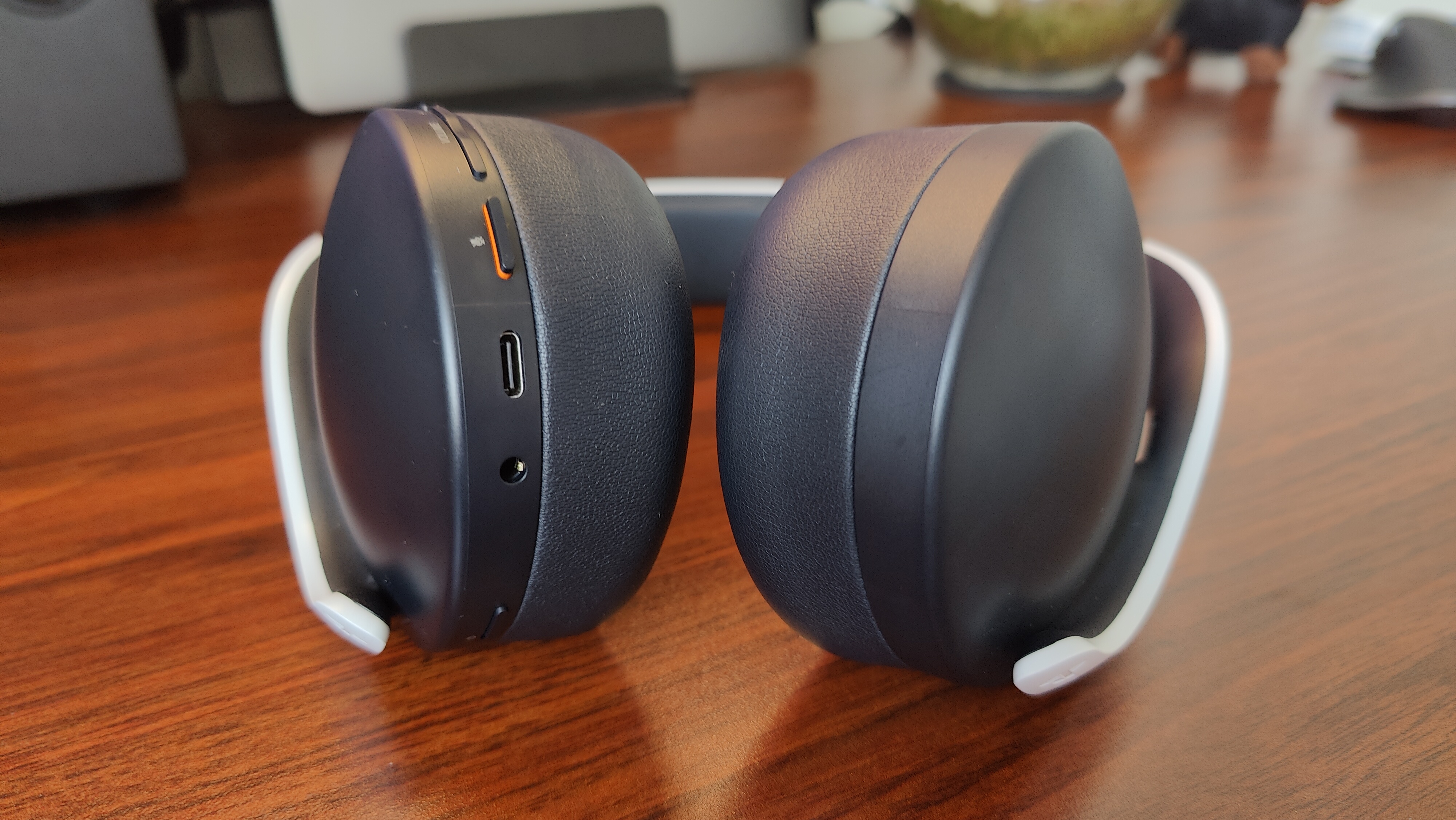
This is the bit where we can get into the exclusive integrations you get by having a PlayStation headset with a PlayStation 5. These are twofold for PS5 gamers.
Firstly, if you’ve already tried a wireless gaming headset with your shiny console, you’ll know the frustration of having to manually change output sources if you want to flip back to speakers, or just remove the USB dongle altogether. With the Pulse 3D headset, you don’t have to. To paraphrase Apple: “it just works,” as turning on and off the headphones automatically changes the audio output.
Secondly, these have been specifically tuned to deliver the specific 3D audio that PS5 games possess. And while a decent amount of third party headphones can deliver surround sound, there is a noticeable difference with the Pulse 3D — an improved richness to the tones around you and an increased liveliness to the tuning. I’ve reached out to Sony, to see whether there is a technical reason for this. This section will be updated once I get an answer.
As for battery life, you’re going to get 12 hours of playtime on a single charge, which matches up to Sony’s promise. That is 3 hours shorter than the Xbox Wireless Headset and over half of the 30-hour stamina of the SteelSeries Arctis 7P+. In personal experience, this was fine for me with a quick charge needed every week, but we can’t ignore that this is lacking when compared to the competition.
Bottom line
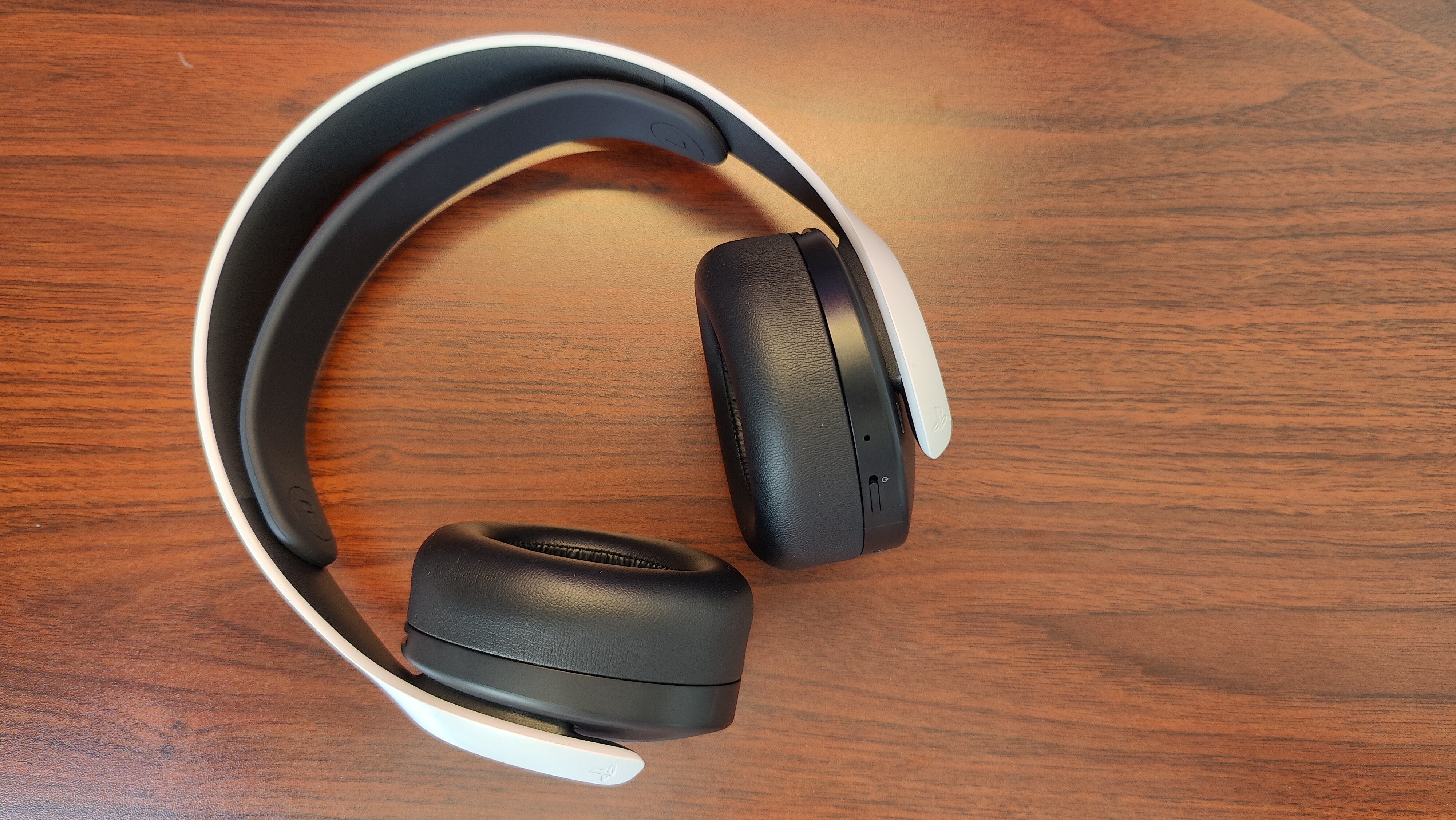
The Pulse 3D wireless headset isn’t just a pair of headphones that are good for your games, they are an essential extension of the PS5 experience.
Not only do you get a bright and expressive sound with a fantastic spatial quality, you get all the convenience features afforded to you by the synergy of a Sony headset made for a Sony console.
Yes, there are better options for team chat with a retractable microphone, the plastic build isn’t quite as good as what you’d see in the competition There’s no bluetooth, and there are much better options if you need something that’s multi-platform.
But overall, if you want a pair of cans for the PS5, nothing else comes close. Just buy these.
Pulse 3D Wireless Headset Specs
| Connection | 3.5mm/USB Wireless |
| Noise cancelling | No |
| Drivers | 40mm |
| Battery life | ~12 hours |

Jason brought a decade of tech and gaming journalism experience to his role as a writer at Laptop Mag, and he is now the Managing Editor of Computing at Tom's Guide. He takes a particular interest in writing articles and creating videos about laptops, headphones and games. He has previously written for Kotaku, Stuff and BBC Science Focus. In his spare time, you'll find Jason looking for good dogs to pet or thinking about eating pizza if he isn't already.
